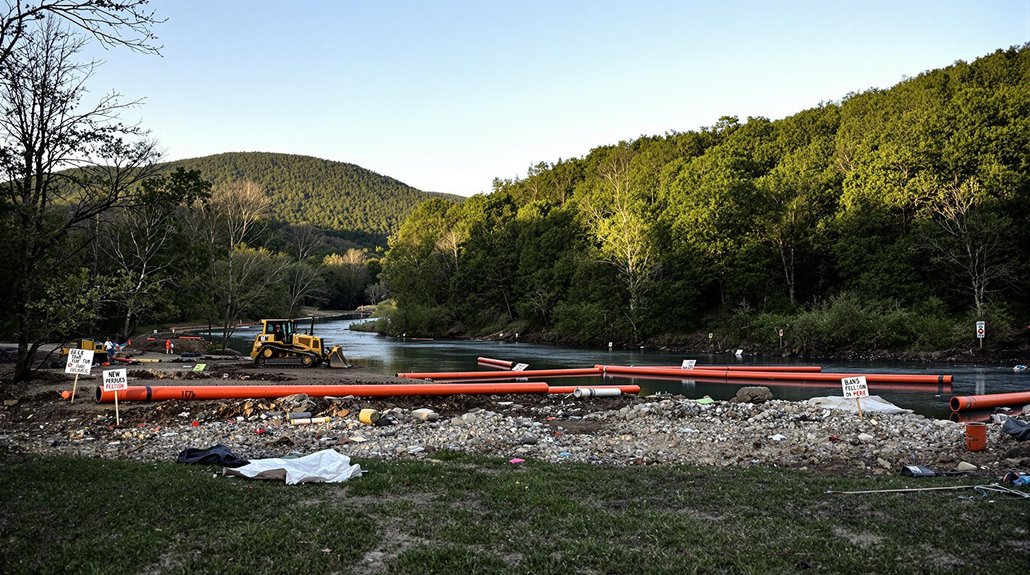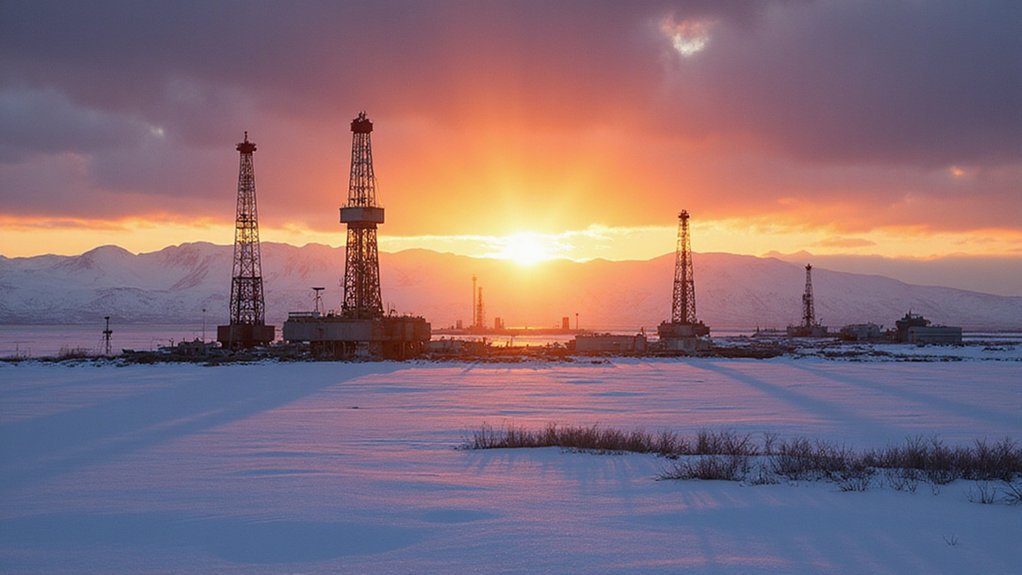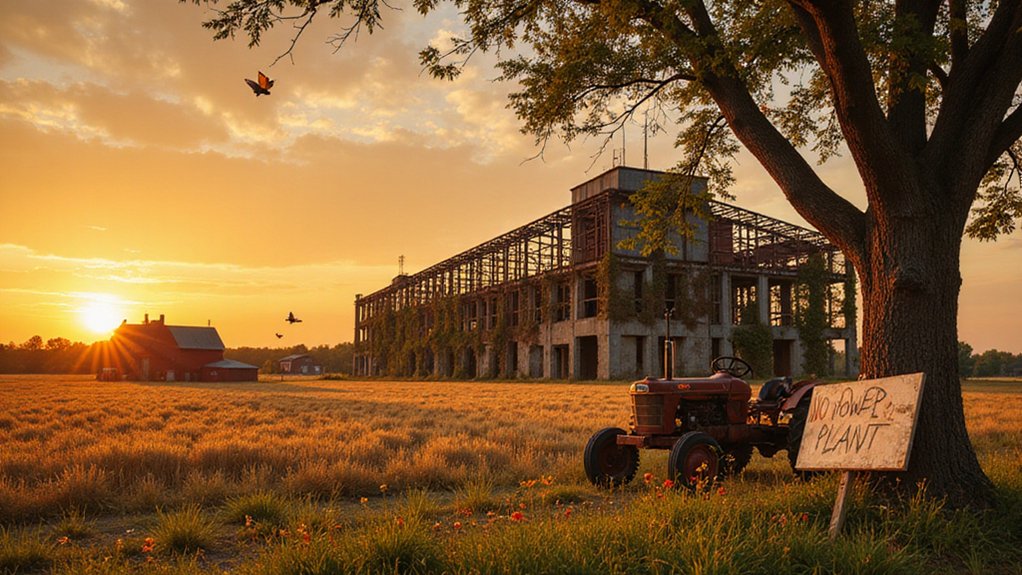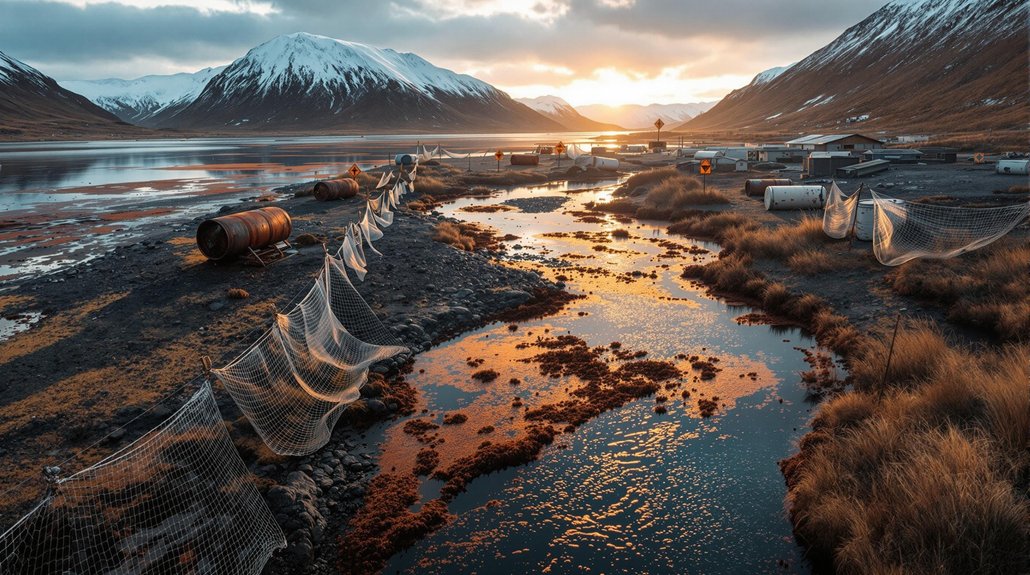The EPA’s closure of environmental justice offices nationwide leaves rural America facing serious threats. All ten regional offices have shuttered, with staff placed on administrative leave. Rural communities already struggle with pollution from agriculture, landfills, and contaminated water sources. State agencies lack resources to fill this gap, leaving residents without federal protection against corporate polluters. Health concerns are rising as environmental hazards increase. The full impact on rural economies and public health remains to be seen.
As the Environmental Protection Agency shutters its environmental justice offices across the nation, rural communities are facing unprecedented risks to their health and safety. The EPA has placed staff from all ten regional offices on administrative leave, effectively ending environmental protection work in areas that need it most.
Rural communities, already vulnerable to environmental hazards, now have nowhere to turn for help. These areas face serious threats from industrial agriculture runoff, landfill emissions, and contaminated drinking water. Without EPA oversight, these problems are expected to worsen.
“These regional offices were lifelines for small towns dealing with pollution,” explained a former EPA official. “Now there’s nobody answering the phone when rural residents report violations.”
State governments don’t have the resources to fill this gap. Most state environmental agencies are already underfunded and understaffed. This leaves rural communities to fend for themselves against powerful corporate interests.
The effects are already becoming visible. Industries can now emit more toxic pollutants without fear of federal inspection or penalties. Water sources vital for farming and drinking are at risk of contamination, threatening both public health and local economies.
Health concerns are mounting in these communities. Rural residents already face higher rates of respiratory and cardiovascular diseases linked to pollution. These health disparities will likely increase without EPA protection, especially in low-income and minority communities.
The economic impact is equally troubling. Environmental hazards threaten agricultural sustainability, tourism, and the health of rural workforces. Small towns can’t afford to address these issues alone, especially with infrastructure challenges already straining local budgets.
Decades of environmental progress are now at risk. Protections provided by the Clean Air Act and Clean Water Act are weakening in rural regions. The anticipated reduction of EPA staff from 15,000 to about 5,000 would cripple the agency’s ability to enforce existing regulations. These changes came after EPA administrator Lee Zeldin ordered the closures, affecting critical environmental justice work nationwide. Communities that fought for years to address environmental justice issues have lost their strongest ally.
For many rural Americans, the message is clear: when it comes to environmental protection, they’re now on their own.








